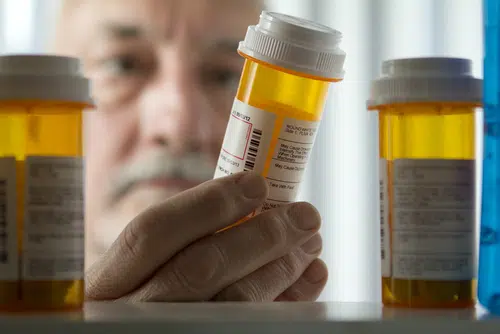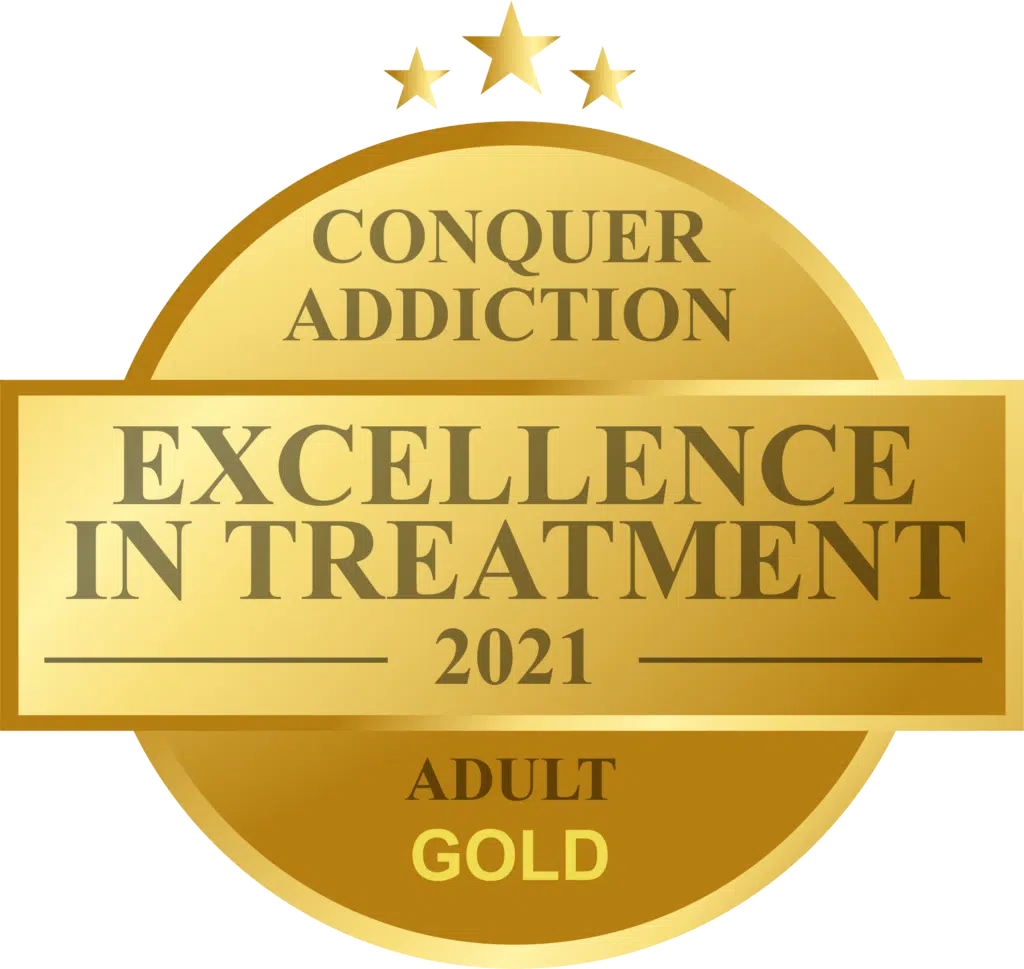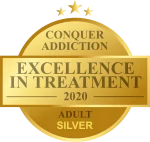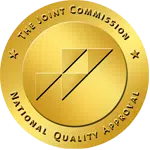It always starts with the concept of healing. Healing from often intense pain. Not emotional pain or childhood trauma, but rather pain from an injury, surgery, or illness that greatly impacts your quality of life. The first time you take a prescription pain medication can end well, with relief from physical pain and eventually no longer requiring the prescription drug. Unfortunately, all too often, it results in an uncontrollable addiction. It is an addiction that threatens to ruin your life, or, worse, take your life. Prescription pain medications are often necessary, but you must always beware of the slippery slope that leads to opioid addiction.
I’m Not a Drug Addict
One of the most dangerous aspects of opioid addiction is the stigma associated with addiction. Society paints the image of addicts as serial troublemakers who have dropped out of school and are actively seeking street drugs to get high. Awareness of the opioid addict next door is sadly swept under the carpet. The mother with 2.5 children who lives in a well-kept home and drives the carpool to school and extracurricular activities. The well-dressed lawyer who gives time to charity and goes to church every week. These are the true faces of opioid addiction. It doesn’t have to be sought after, it can come right to you, from the person you trust most: your doctor.

How It Begins
Opioid addiction begins after an injury or surgery, or maybe to treat serious pain due to illness. Your doctor writes out a prescription for pain medication. If he or she is doing their job well, they will give you a stern lecture about the risks of addiction, discuss other pain treatment options with you, and/or give you pamphlets about the risks of addiction. When you fill the prescription at the pharmacy, your medication will likely also arrive with warnings about potential addiction. It is always up to you to know what you are taking, though.
You take your first pill or pills, according to the doctor’s directions. Because, after all, you are only seeking relief from physical pain. Some people get that relief. For other people, it is not enough. Pain is a beast that is difficult to tame. For some people, the reaction to the medication is so positive that they want more right away. For others, it can take some time before they are increasing their own dosage. Whether it is for the blissful, numbing feeling that the drug offers, or for the need for more pain relief, at some point you lose control over the dosage you are taking. Now the medication has control over you instead.
There is another way that opioid addiction from prescription pain pills begins, and that is when someone shares their medication with a friend. When used for recreational purposes, the pills are most likely going to develop into an addiction, because they are used not as directed, as an illicit drug, to produce a “high” or an escape from emotional pain.
Sliding Down the Slope
Once you are increasing your own dosage, you are already sliding down that slope. People will ask multiple doctors for prescriptions for pain medications, or turn to illegal sources and buy pills on the street. In addition to the carnage this creates in their lives in terms of relationships, jobs, families, and even freedom, the addiction is so powerful that “normal” people like you and I will resort to doing just about anything to get their medications. When that is not enough, “ordinary” people turn to heroin or fentanyl because the cravings are just that intense, and pain pills are simply not enough.
A Slope Less Traveled
The slippery slope can actually be a very short road from an “upstanding” person next door to a heroin addict. The transformation is often astonishing to everyone around you. Not only are opioid drugs like OxyContin, Vicodin, codeine, and morphine incredibly addictive, they can easily lead you to use illicit drugs like heroin and fentanyl. All of these drugs run a very high risk of overdose. Even when people seek treatment, a relapse commonly becomes an overdose.
But it doesn’t have to be this way. At any point in your use of prescription opioids or even heroin or fentanyl, you can and should seek medical treatment. Even though opioids carry an intense withdrawal process, there are many medications that can be given with medical supervision that make the process safer for you physically and emotionally. Successful treatment for opioid addiction may be difficult, but it should not be the slope less traveled.
Avoiding the Slope
Does this mean that you should never take prescription opioid medications that are prescribed by your doctor? Not necessarily. You can counsel with your doctor or even multiple doctors about the risks and benefits. If your life is greatly impacted by pain, you don’t have control over it, either. There are non-opioid pain medications that can be used, sometimes in tandem. And other, more effective pain medications are being developed, too.
You always have a say in what you do or do not take. Until you take something that is highly addictive. So you need to be vigilant and protect yourself from “accidental” addiction. If you are already sliding down the slippery slope of opioid addiction, it is not too late. Make a call to get help today. Because the rock bottom of opioid addiction is not something you can always recover from.
You can heal your life at AToN Center. Call (888) 535-1516 today to escape the relentless claws of opioid addiction.















